vikipandit.com
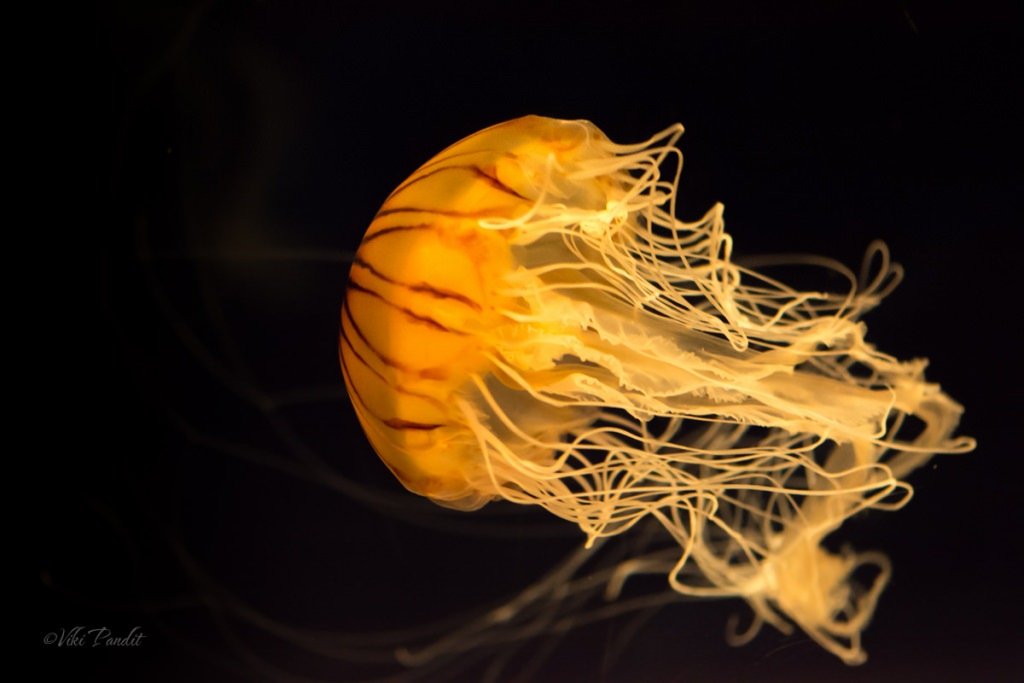

Wonders of the Pacific at Osaka Aquarium Kaiyukan
I head to Osaka Aquarium Kaiyukan for a special encounter with the incredible sea creatures. The aquarium is home to some 580 species from the Pacific Rim and nearby areas. The colorful sea creatures swimming around soothe the soul. The delightful jellyfish leave me awestruck.
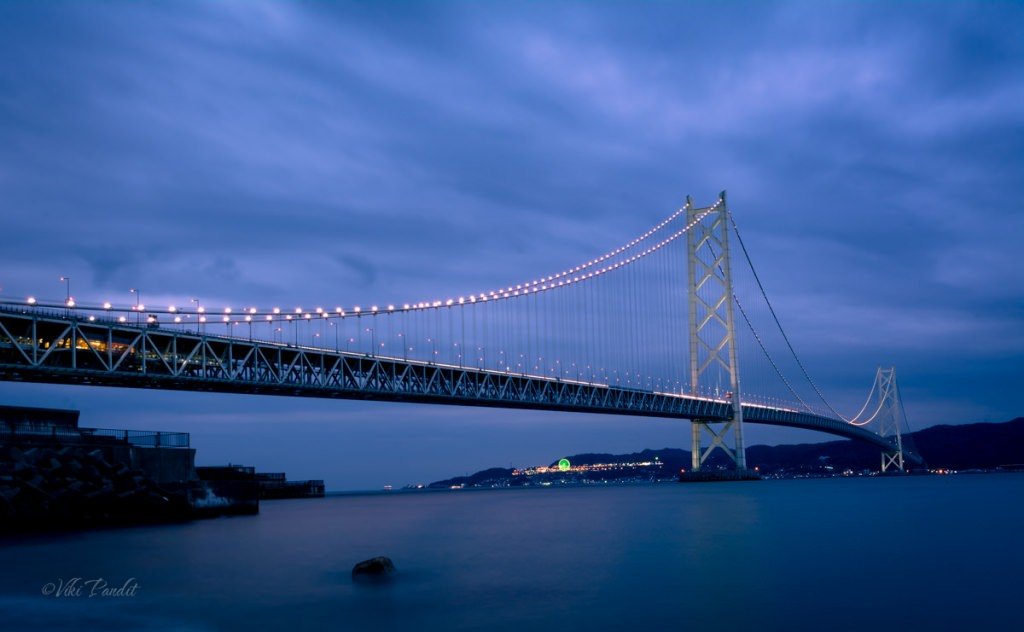

Akashi Kaikyo Bridge
The Akashi Kaikyō Bridge is world’s longest suspension bridge, which links the city of Kobe on the Japanese mainland of Honshu to Iwaya on Awaji Island.
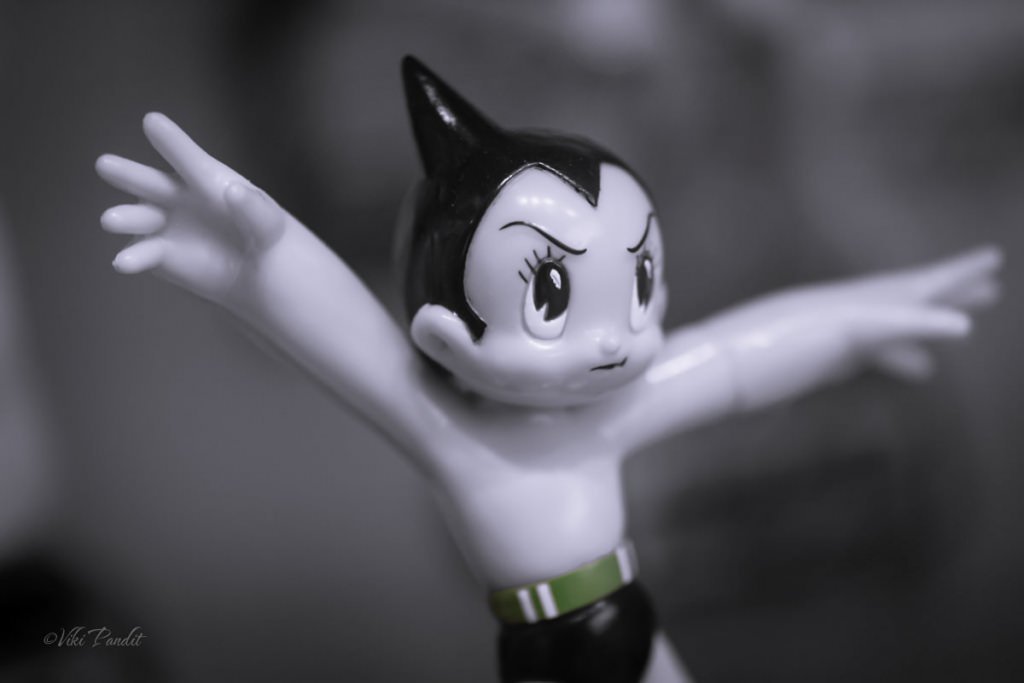

The Origins of Astro Boy
I catch a train down to Takaruzaka to take a peek at the original sketches and comic strips of the adorable Astro boy at the Osamu Tezuka Manga Museum. Osamu Tezuka is one of the iconic manga artists from Japan, best known as the creator of Astro Boy. His creations are the reason that made many like me fall in love with Japan.


Hike to Uguisuno-taki Falls
Today I went on a hike to Uguisunotaki Falls, into the deep end of the Kasugayama Forest, surrounded by tall Pines, where even the Sun doesn’t dare to peep through.


The Surreal Lake Biwa
Lake Biwa is one of the most scenic spots in Japan. It is also one of very ancient lakes of the world dating back 4 million years. We take a walk along the white sands to the Torii at Shirahige Jinja to capture the lake in its surreal beauty.
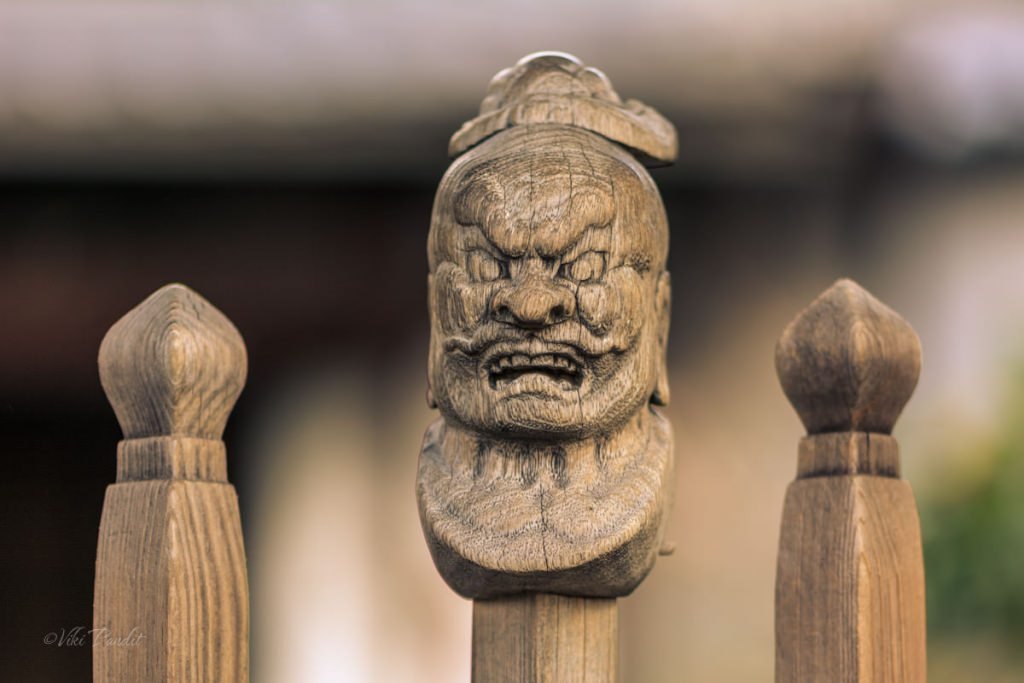

The Nio Guardians of Japan
Nio guardians are the protectors at the entrance to Buddhist Temples in Japan. With their bare-chested bodies rippling with muscles, fierce visages, and brandishing weapons they seem violent and threatening. In the pair, one usually has its mouth shut to ward off evil demons while the other with an open-mouth welcomes the good spirits inside the temple.
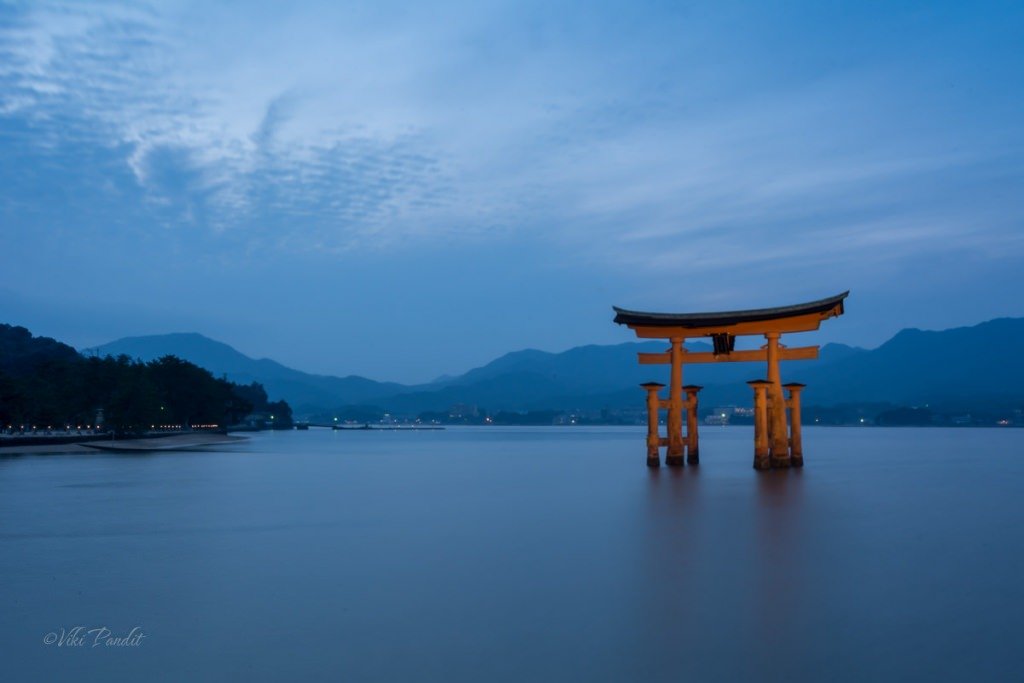

Torii at Miyajima
We take the ferry to the magnificent island of Miyajima to visit the centuries-old Itsukushima Shrine. The World Heritage site is located along the virgin forest of Mt. Misen over the waters of Hiroshima Bay. As dusk falls, the tide recedes and hoards of people make their way towards the beautiful Torii in the Sea.
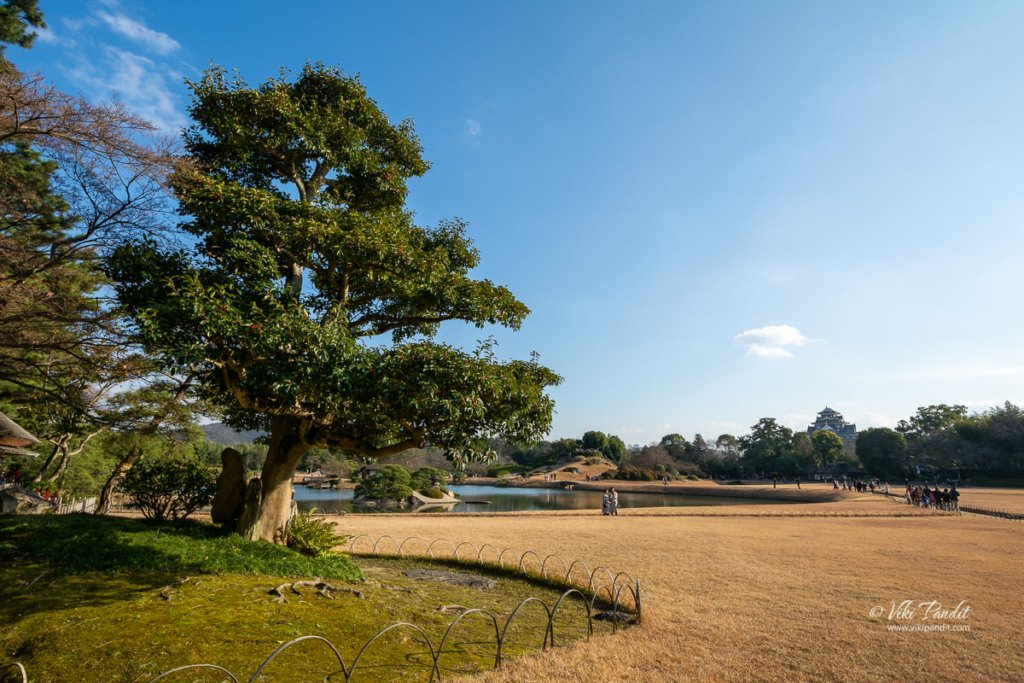

New Years at Korakuen
Across the Meyasu Bridge Okayama castle walls Korakuen Resting for a few minutes Red-crowned Cranes Samurai armor Shima Chaya Bridge Going up Yuishinzan Hill View from Yuishinzan Hill Wide Korakuen Garden Grounds Crossing the bridge to Okayama Castle Boat rides Okayama castle from the bridge Okayama castle tower Sunset over Okayama castle Leaving Korakuen Thanks […]
Loading more posts...